Weizmann Institute solar technology to convert CO2 into fuel; targeted for brown coal use in Australia
Green Car Congress
JUNE 7, 2012
An Israeli-Australian venture will use solar technology developed at Israel’s Weizmann Institute of Science to reduce carbon dioxide emissions from the burning of brown coal. which in 2011 acquired an exclusive worldwide license for the solar technology from Yeda, the Weizmann Institute’s technology transfer arm.



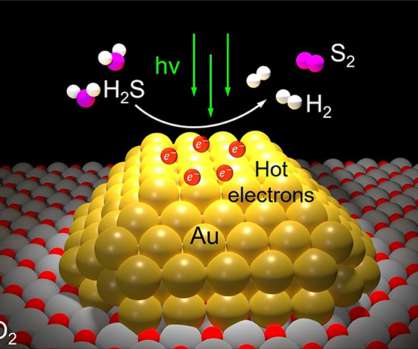



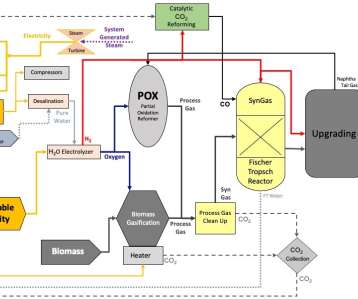

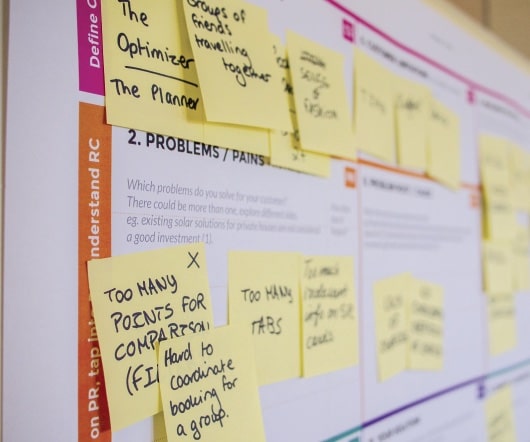



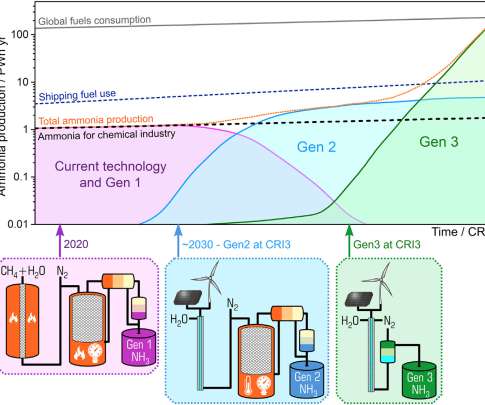









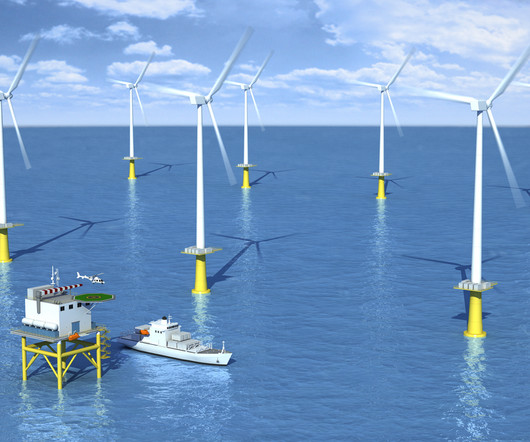



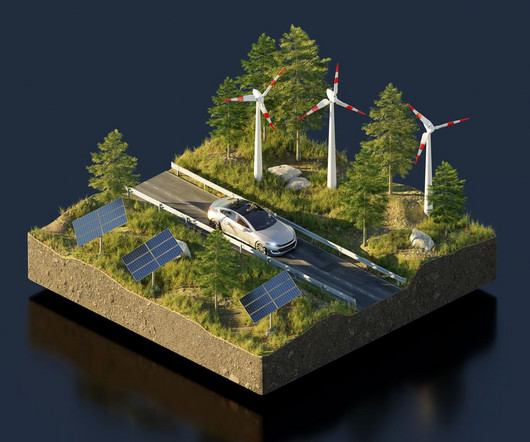











Let's personalize your content